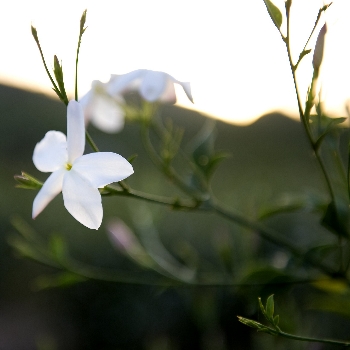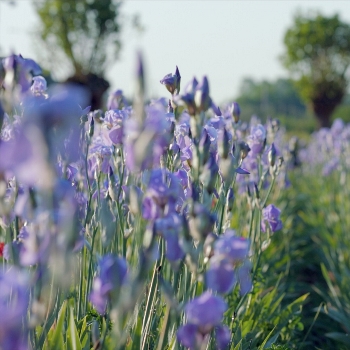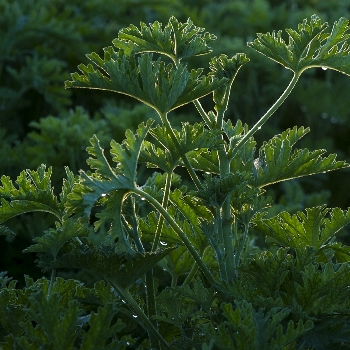In the field of Chanel in the Tuileries gardens
 An ephemeral field garden and a “bastide” farmhouse have been settled in the Tuileries gardens, presenting an olfactory pathway from flower to fragrance, in the frame of the Jardins Jardin exhibition.
An ephemeral field garden and a “bastide” farmhouse have been settled in the Tuileries gardens, presenting an olfactory pathway from flower to fragrance, in the frame of the Jardins Jardin exhibition.
Wearing Chanel boots that print the double C in loose soil, the students of the Ecole Supérieure du Parfum (High Perfume School) explain the reasoned farming of the Grasse jasmine, May rose, iris Pallida, tuberose and geranium Rosat. The ephemeral field garden has been a botanical gamble for experts: to make the magic happen, the five plants had to flower at the same time, although their natural growing is different.
Numerous discoveries await the visitors: the Grasse jasmine has five petals, the May rose is flourishing during four weeks per year and has to be picked as soon as it appears every day at dawn, the geranium Rosat scents are obtained from the leaves, it takes six years to produce iris Pallida concrete and tuberose fields are replanted every year.

For over 30 years, Chanel has worked with the Mul family in Pégomas to grow flowers dedicated exclusively to the composition and production of its perfumes, in order to guarantee the quantity and quality of flowers required for the luxury fragrances. The Maison wanted to make know this exclusive partnership, as the Pegomas estate is not open for visits.

The olfactory discovery will continue in the bastide with a table of raw materials for visitors to smell each floral essence. They can discover the n°5 created with Grasse jasmine or the n°19 with iris Pallida. In 1970, Mademoiselle Chanel was walking in the street when a handsome American man suddenly spoke to her: "Madame, what perfume are you wearing?" It was the n°19.

Photos © Chanel
Chanel >>
Jardins Jardin >>
The CHANEL Open-sky laboratory >>
CHANEL commits itself for the climate >>
Monday 11 June 2018, 13:08










